Key Takeaways
- Traveling or going on vacation can lead to unwanted blood sugar spikes due to changes in routine, meals, and increased sedentary behaviour.
- Engaging in light physical activity, such as walking, bodyweight exercises, or yoga, helps improve insulin sensitivity and glucose control while reducing stress during travel.
- Incorporating movement into daily vacation activities, such as strolling around historical sites or shopping centers, or signing up for an active excursion, can support health while still enjoying vacation.
{{mid-cta}}
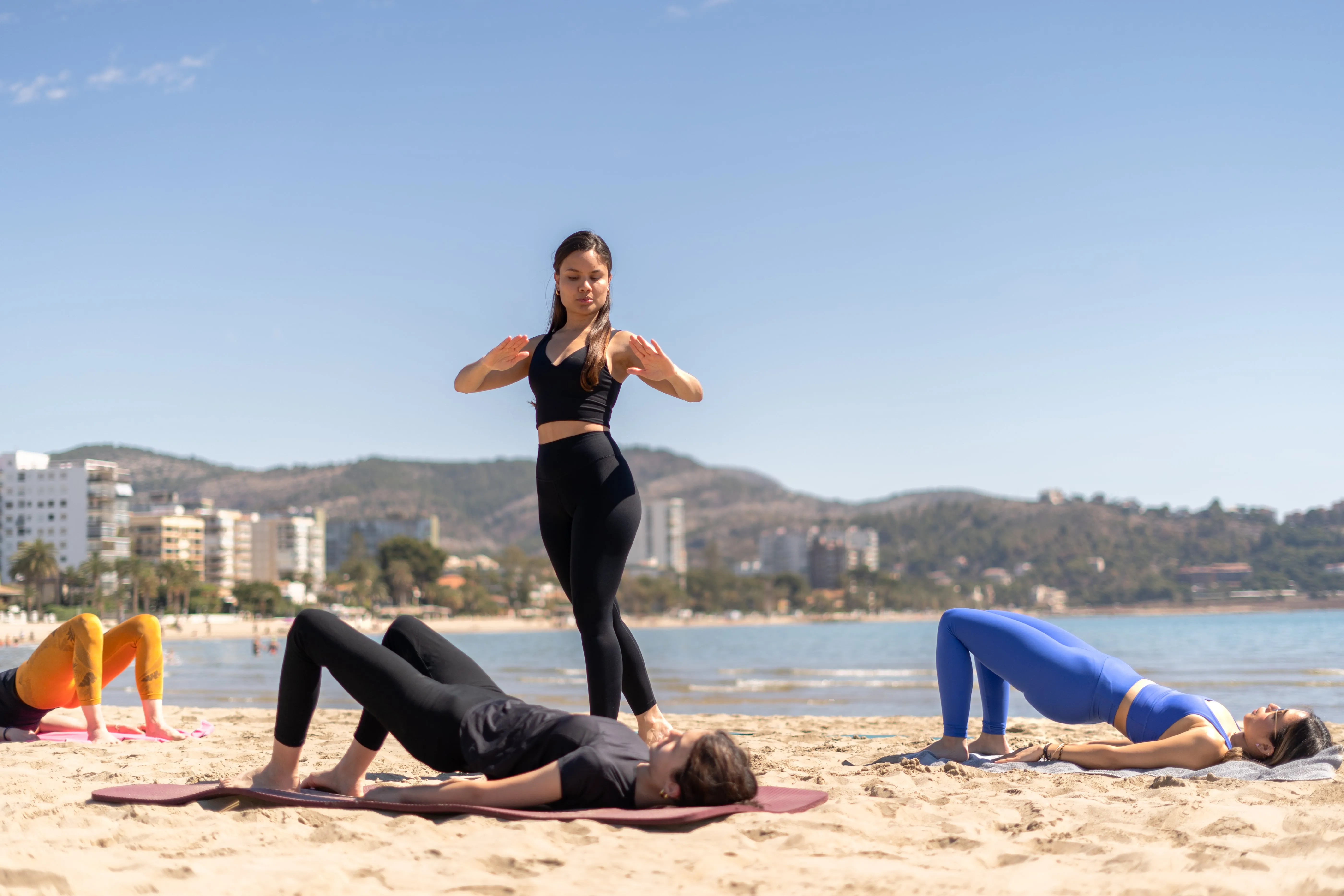
Vacations are a perfect opportunity to finally unwind, unplug, and enjoy all of life’s indulgences. However, this can pose a challenge for those seeking to maintain healthy blood sugar levels, manage insulin sensitivity, and stay on track with their fitness or weight loss goals. Disruptions in routine, changes in meal timing, consuming sugary or high-carb foods, and prolonged periods of sitting during travel days can significantly impact our metabolic health.
It’s okay to step away from your rigid regimen and relax, as doing so can help reduce elevated cortisol levels and chronic stress. Still, for those who need to be cautious, excessive blood sugar spikes can negatively affect your energy, mood, and progress, making it harder to get back on track after your trip.
Without having to give up on enjoying fun foods and savoring slow time, there is an easy solution! Try incorporating short, simple workouts into your vacation time to help keep blood sugar levels more stable and your mood as high as the plane taking you to your luxurious destination. Whether it’s a morning walk, a quick bodyweight circuit in your hotel room, or an active excursion, movement helps your muscles use glucose more efficiently.
In this article, we’ll break down why blood sugar control matters during travel, explain how exercise helps regulate glucose, and offer realistic, low-effort workout ideas you can easily fit into any vacation itinerary so you can get away and still get moving.
The Importance of Staying Active While Traveling
Whenever we travel away from home, whether for work or pleasure, we encounter inevitable changes to our comfortable routines. Irregular meals, shifts in time zone, longer periods of sitting, potentially poorer sleep, and eating out more frequently. Despite the times we might be on a relaxing adventure, these disruptions can lead to increased blood sugar variability, especially when meals are higher in refined carbs or sugar, and we are more sedentary. As a result, your body may struggle to manage post-meal glucose spikes as efficiently as it does at home.
One of the most effective ways to counteract these effects on your blood sugar control is to find ways to stay active and move your body whenever possible. Even light physical activity, such as walking, stretching, or bodyweight exercises, can help increase insulin sensitivity and encourage your muscles to use glucose for energy instead of storing it as fat in your bloodstream.1 It will be tough (and, quite frankly, not as much fun) to control your diet while traveling, so incorporating micro workouts and active excursions will allow your body to continue practicing optimal blood sugar control without setbacks.
Simple Exercises to Incorporate into Your Vacation
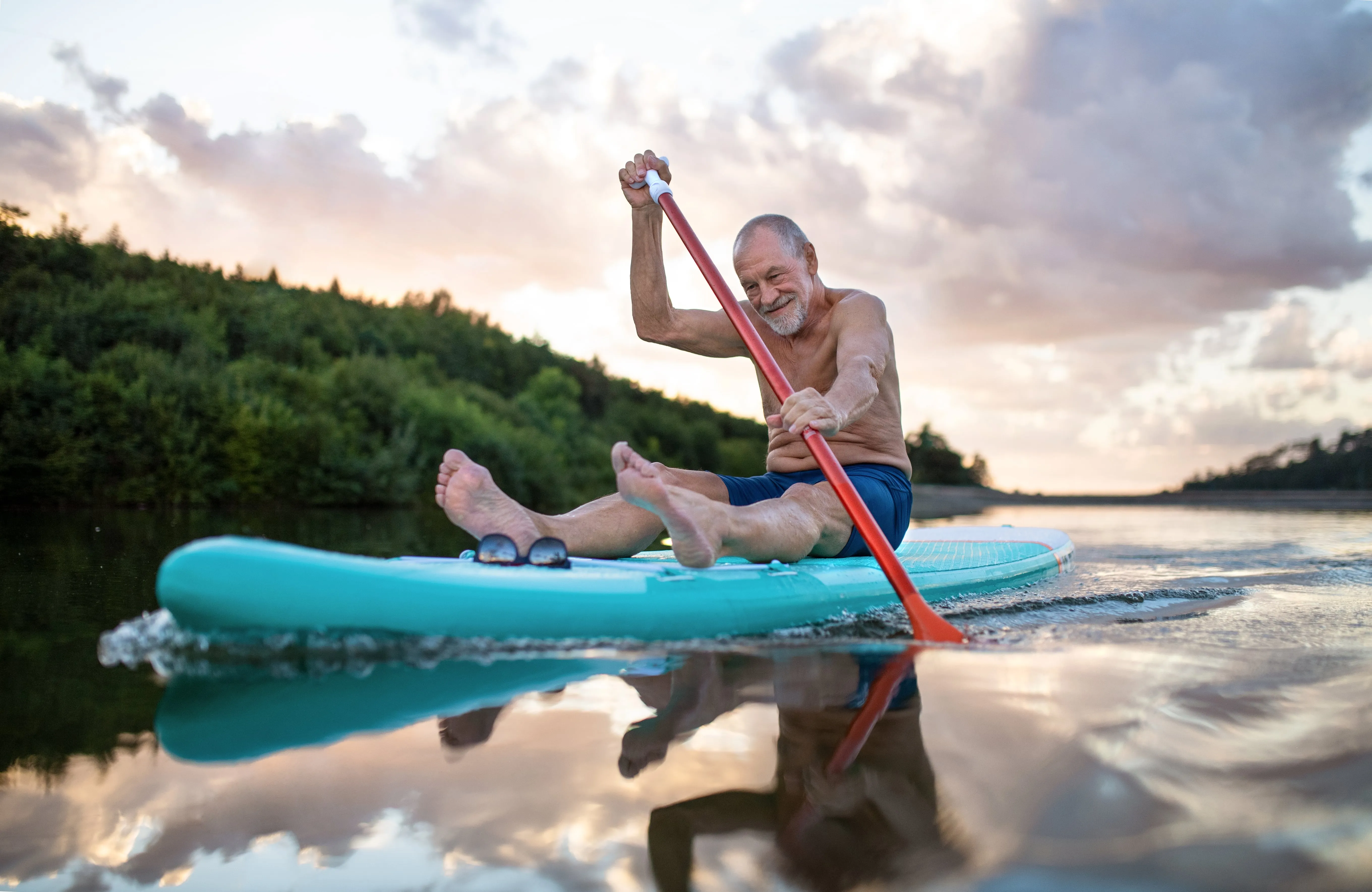
You don’t need access to a gym or a full workout plan to stay active on vacation. All it takes is a few go-to bodyweight exercises and getting your steps in to help you manage your blood sugar. Just as you would at home, try to incorporate physical activity into your day in a way that feels enjoyable and stress-free, without disrupting your vacation plans or overthinking it. Below are simple, travel-friendly exercises that require little to no equipment and can be done almost anywhere:
- Brisk walking after meals: A 10- to 15-minute walk after eating can significantly help lower post-meal blood sugar by encouraging glucose uptake into the muscles.1
- Bodyweight exercises (squats, lunges, push-ups): These movements build strength and stimulate glucose uptake by your muscles without needing any gym equipment. Do them in your hotel room, at a park, in the airport, or even on the beach. Studies show that doing microworkouts of bodyweight exercises at a higher intensity for five to 10 minutes can be beneficial for blood sugar management and overall fitness.2
- Swimming or water aerobics: If you have access to a pool or a safe body of water, swimming can be a low-impact, full-body workout to help you stay active and lower your blood sugar levels. Some resorts offer scheduled water aerobics or water zumba classes, which are a full hour of fun in the sun with other travelers.
- Yoga or stretching routines: Gentle movement, such as during yoga flows or dynamic stretching routines, helps improve circulation, reduce stress (which can also affect glucose levels), manage blood glucose levels, and keep your body limber during longer periods of sitting, such as on travel days.3
- Taking the stairs: Skip the elevator and take the stairs whenever possible, such as at hotels, restaurants, and shops. Even just a few flights can elevate your heart rate and boost insulin sensitivity.4
- Paddleboarding: This is a fun way to engage your core and upper body while challenging your balance through a full-body workout. Feel your muscles get sore while enjoying the beauty of the open water.
- Hiking: Whether it's a trail through the woods or a scenic mountain path, hiking combines cardiovascular exercise with gorgeous views, helping stabilize blood sugar and reduce stress in one activity.
- Active excursions: Finding a fun, active outing, such as bike tours, kayaking, snorkeling, or guided walking tours, is a great way to keep moving and make your vacation more engaging for everyone.
Timing Your Workouts for Optimal Blood Sugar Control
Now, we don’t always have complete flexibility with our exercise while traveling; however, the timing of your workouts around meals can make a significant difference in enhancing your body’s ability to regulate blood sugar. One of the most effective strategies we’ve discussed is taking a short 10- to 15-minute walk shortly after eating. This is because it can help activate large muscle groups while increasing your heart rate, which in turn draws glucose from the bloodstream to be used for energy, reducing post-meal blood sugar spikes and supporting improved insulin sensitivity throughout the day.1
If you don’t always have time to walk directly after a meal, then there are several other time-based strategies that can enhance insulin sensitivity and glucose uptake. For example, starting your morning with yoga, stretching, or a bodyweight circuit in your hotel room can help wake up your metabolism and improve your body's ability to process glucose throughout the day.
Another great option is to incorporate micro workouts or “exercise snacks” whenever it fits into your schedule. Short bursts of activity, such as stair climbing, air squats, or resistance band exercises, done for just a few minutes at a time, have been shown to contribute to overall fitness levels while also helping to manage blood sugar levels.5
You can perform these mini workouts around meals, while waiting to board your plane, or during long periods of being sedentary (i.e., calf raises while standing for a while). The goal is to find small, realistic ways to interrupt sedentary periods and keep your muscles active, which plays a crucial role in stabilizing blood sugar levels.
Staying Active Without Structured Workouts
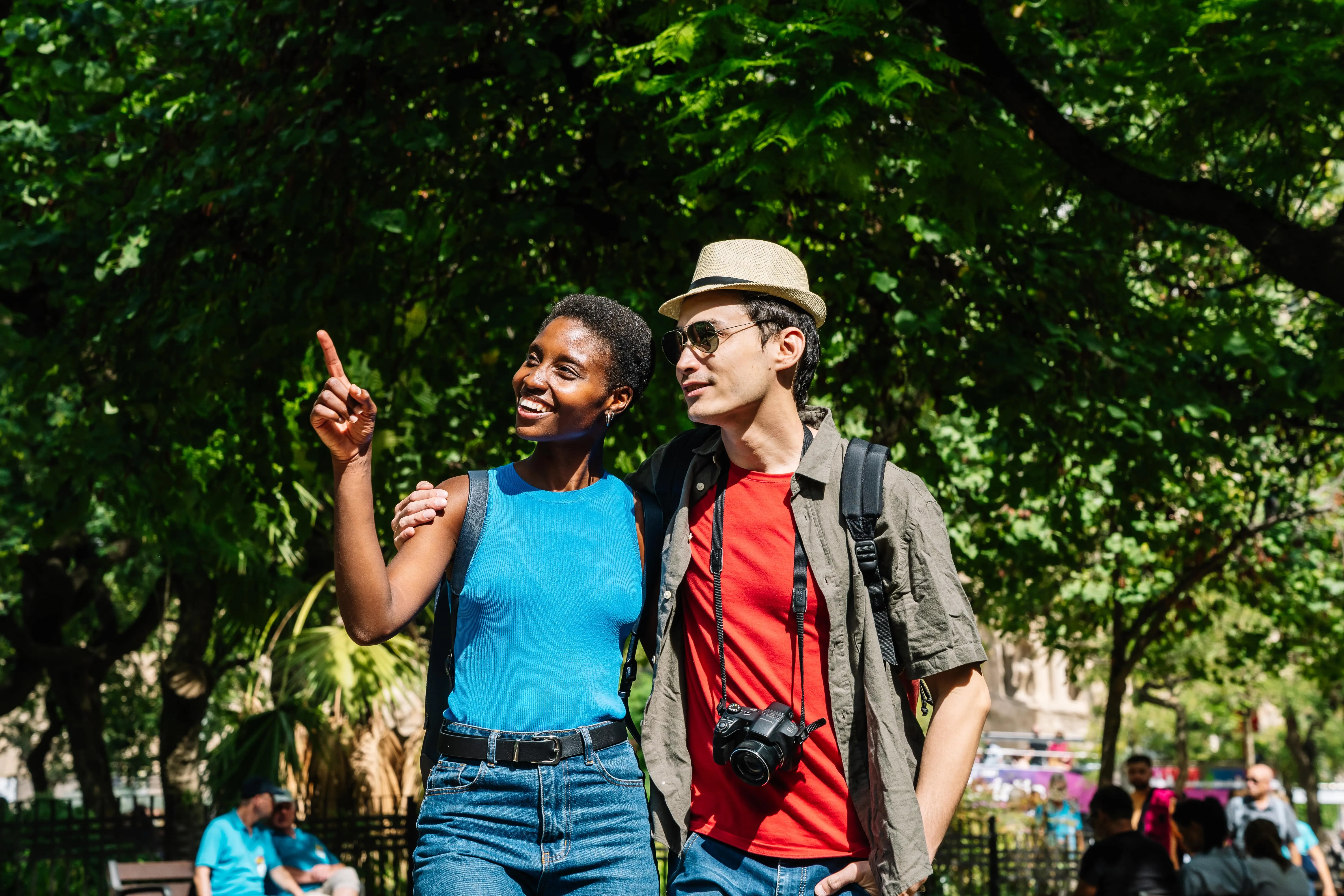
Staying active while traveling doesn’t always have to mean finding time for a structured “workout.” In fact, many enjoyable vacation activities naturally involve movement and can contribute to better blood sugar control without it feeling like exercise. Here are a few fun and effortless ways to stay active without the stress and still soak up all the vacation fun:
- Exploring destinations on foot: Find educational walking tours, stroll through local markets and shopping areas, or wander around historic sites to increase your daily step count while discovering new places. You’d be surprised how miles add up when you’re just walking!
- Participating in local dance or movement classes: Many resorts or international areas offer cultural dance lessons, yoga or tai chi classes, or other movement-based workshops that get your body moving and immerse you in the local culture.
- Playing recreational sports or games: Jump into a game of beach volleyball, toss a frisbee, or join a casual game of soccer with the locals. These fun, social activities keep you active while having a great time on vacation.
3 Tips for Maintaining Consistency
Finding the motivation to stay active while traveling can be challenging, especially when you're out of your routine and are just ready to relax. However, with a few simple tips and tricks, you can make movement an enjoyable and consistent part of your trip without having to stress about it. The most important strategy is to keep things flexible, fun, and aligned with your vacation priorities.
- Start small and be realistic: Aim for small, achievable goals, such as walking 8,000 steps a day, doing a 10-minute bodyweight session every morning, or finding something active to do at least once a day. Knowing it is manageable for your schedule ensures success without adding stress to your vacation.
- Use fitness trackers or apps: Wearable devices or phone apps can help you stay mindful of your activity levels, set reminders to move, and celebrate small milestones, such as hitting your step count or completing a quick workout.
- Involve your travel companions: Turn movement into a shared experience, such as going for group walks, signing up for a local class together, or finding an active excursion as a way to connect while having fun doing something new. It is always easier to stay motivated and accountable when you’re not in it alone.
The Bottom Line
Vacations may disrupt your fitness routine, but staying active through simple, fun activities can make a big difference in managing blood sugar levels and keeping you on track towards your health goals. Going for post-meal walks, trying active excursions, and incorporating light physical activity into your travel plans support better glucose control without sacrificing relaxation. You can prioritize your health while finding vacation-friendly workouts that keep you feeling energized, balanced, and fully present during your time away.
Learn More with Signos’ Expert Advice
If you have more questions about improving your health, fitness, and nutrition, seek expert advice from a continuous glucose monitor and the Signos team. A continuous glucose monitor (CGM) can give you the insights to make smarter nutrition and exercise choices. The Signos app offers a personalized program to achieve your health goals.
Topics discussed in this article:
References
- Engeroff, T., Groneberg, D. A., & Wilke, J. (2023). After dinner rest a while, after supper walk a mile? A systematic review with meta-analysis on the acute postprandial glycemic response to exercise before and after meal ingestion in healthy subjects and patients with impaired glucose tolerance. Sports Medicine, 53(4), 849-869.
- Jones, M. D., Clifford, B. K., Stamatakis, E., & Gibbs, M. T. (2024). Exercise snacks and other forms of intermittent physical activity for improving health in adults and older adults: a scoping review of epidemiological, experimental and qualitative studies. Sports Medicine, 54(4), 813-835.
- Chimkode, S. M., Kumaran, S. D., Kanhere, V. V., & Shivanna, R. (2015). Effect of yoga on blood glucose levels in patients with type 2 diabetes mellitus. Journal of clinical and diagnostic research: JCDR, 9(4), CC01.
- Honda, H., Igaki, M., Hatanaka, Y., Komatsu, M., Tanaka, S. I., Miki, T., ... & Hayashi, T. (2016). Stair climbing/descending exercise for a short time decreases blood glucose levels after a meal in people with type 2 diabetes. BMJ Open Diabetes Research and Care, 4(1), e000232.
- Hasan, R., Perez-Santiago, D., Churilla, J. R., Montes, B., Hossain, J., Mauras, N., & Darmaun, D. (2020). Can short bouts of exercise (“exercise snacks”) improve body composition in adolescents with type 1 diabetes? A feasibility study. Hormone Research in Paediatrics, 92(4), 245-253.


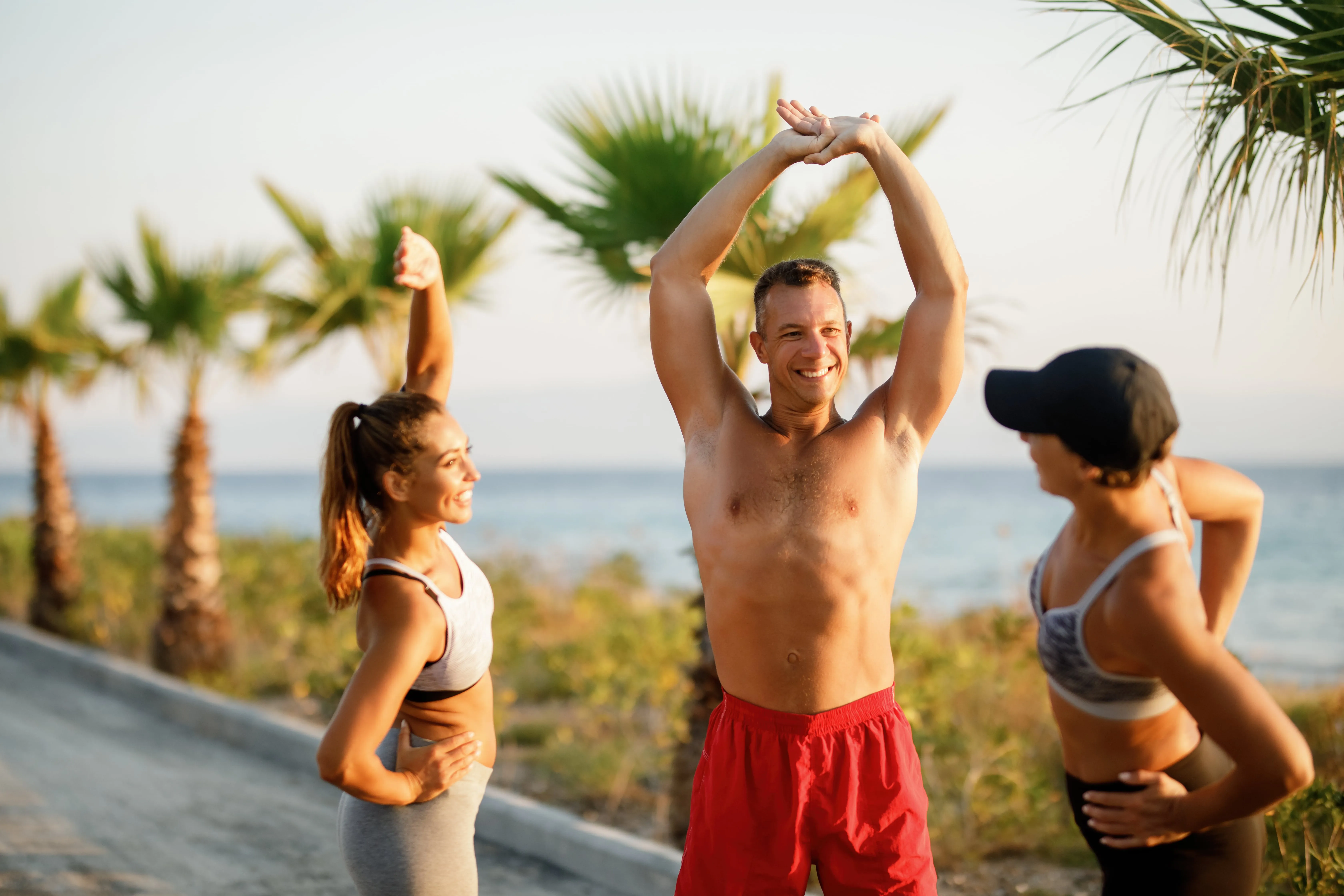

.svg)



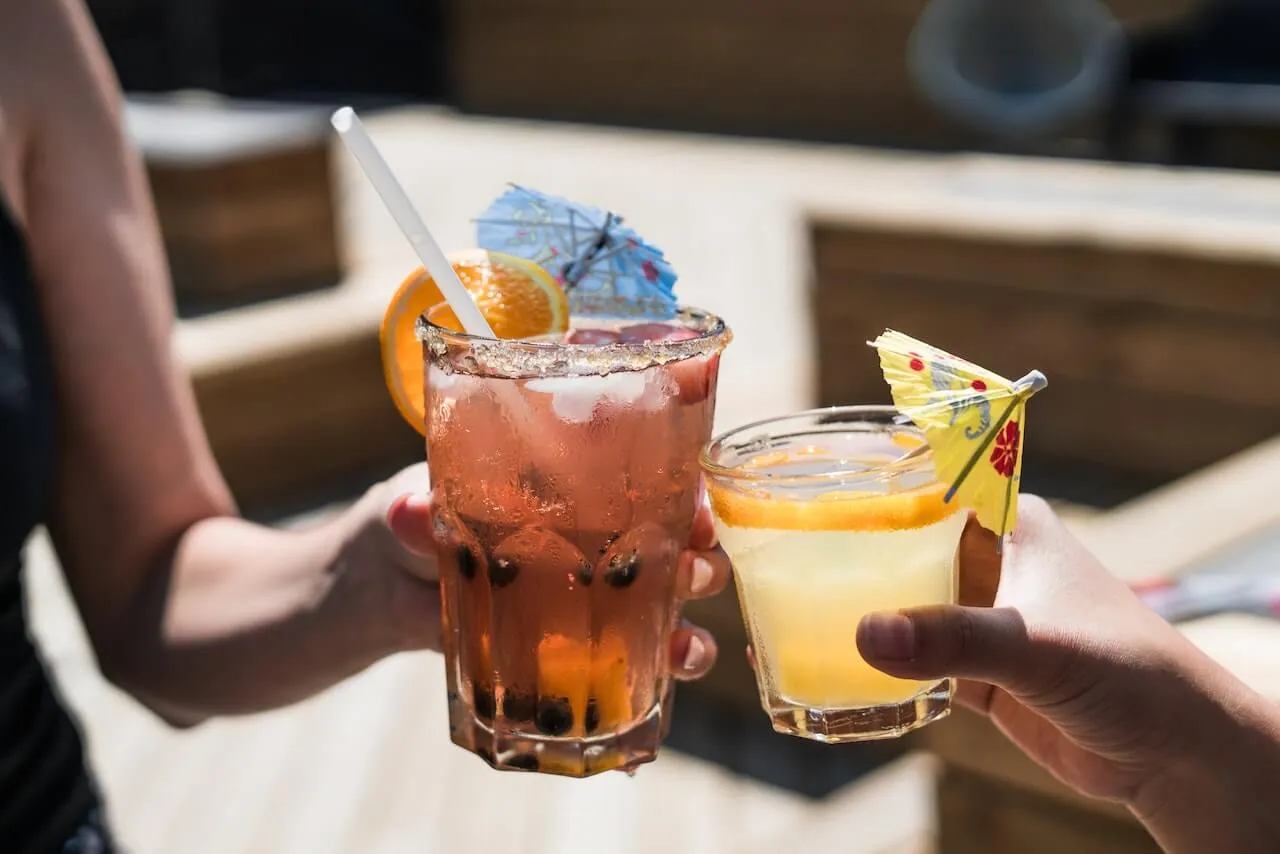
.webp)
.webp)

.webp)
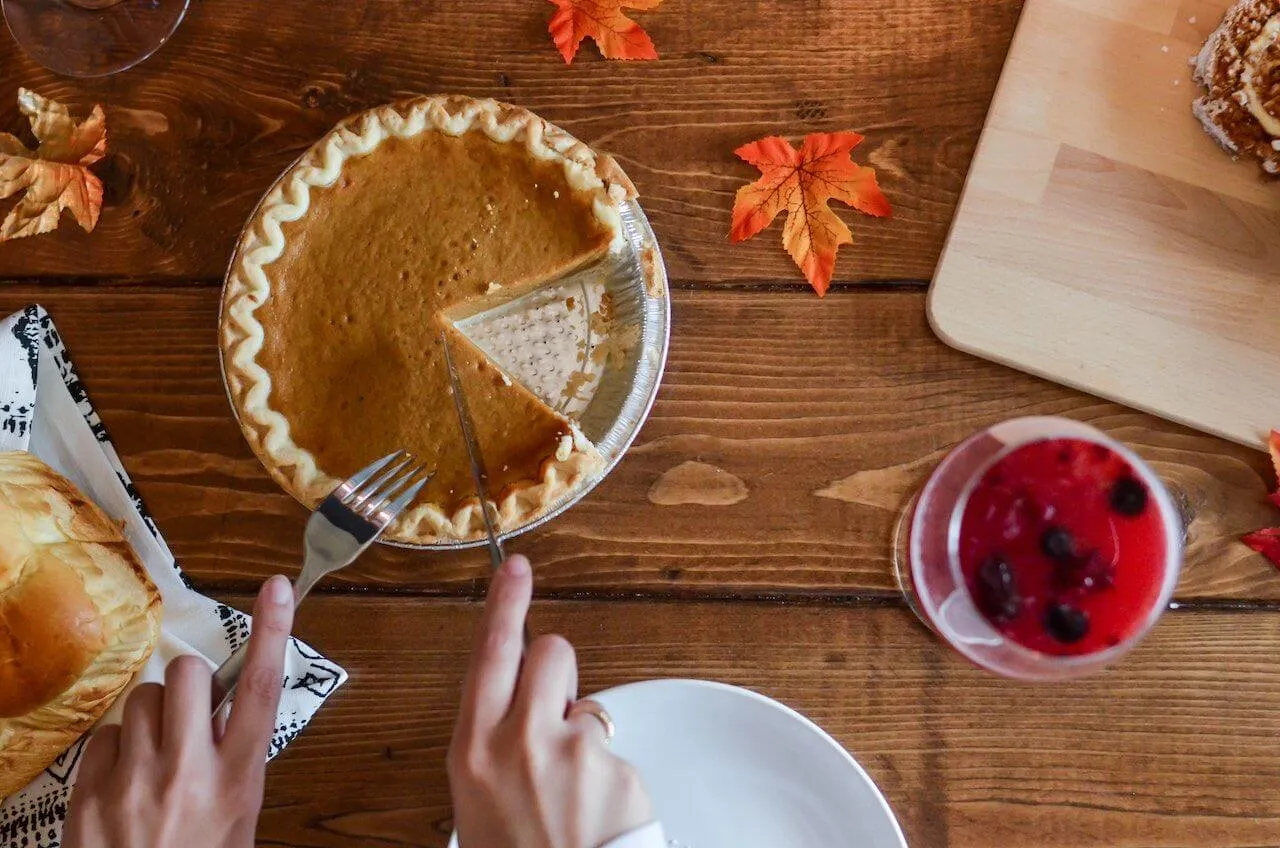

.svg)
.svg)
.svg)
.svg)
.svg)
.svg)
.svg)
